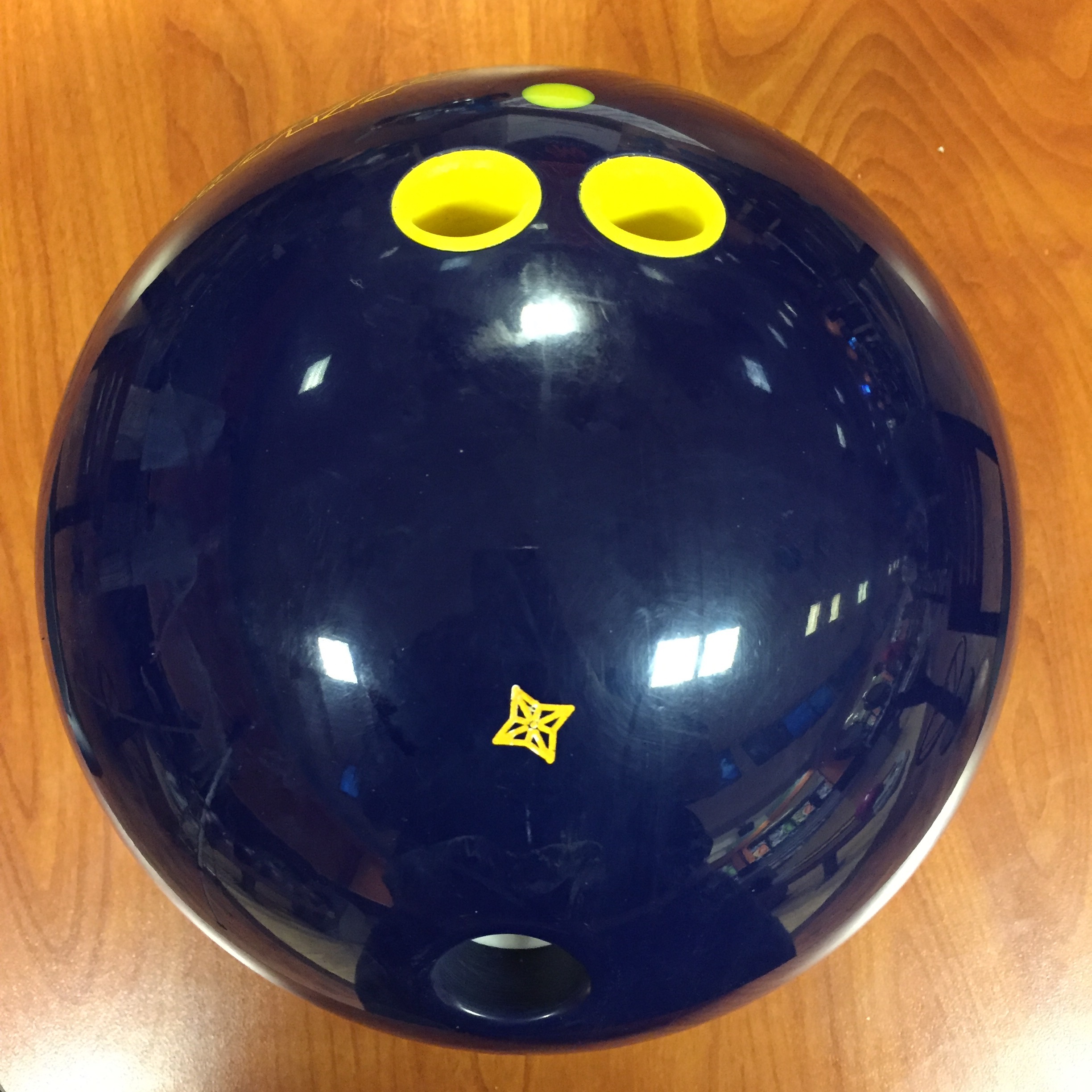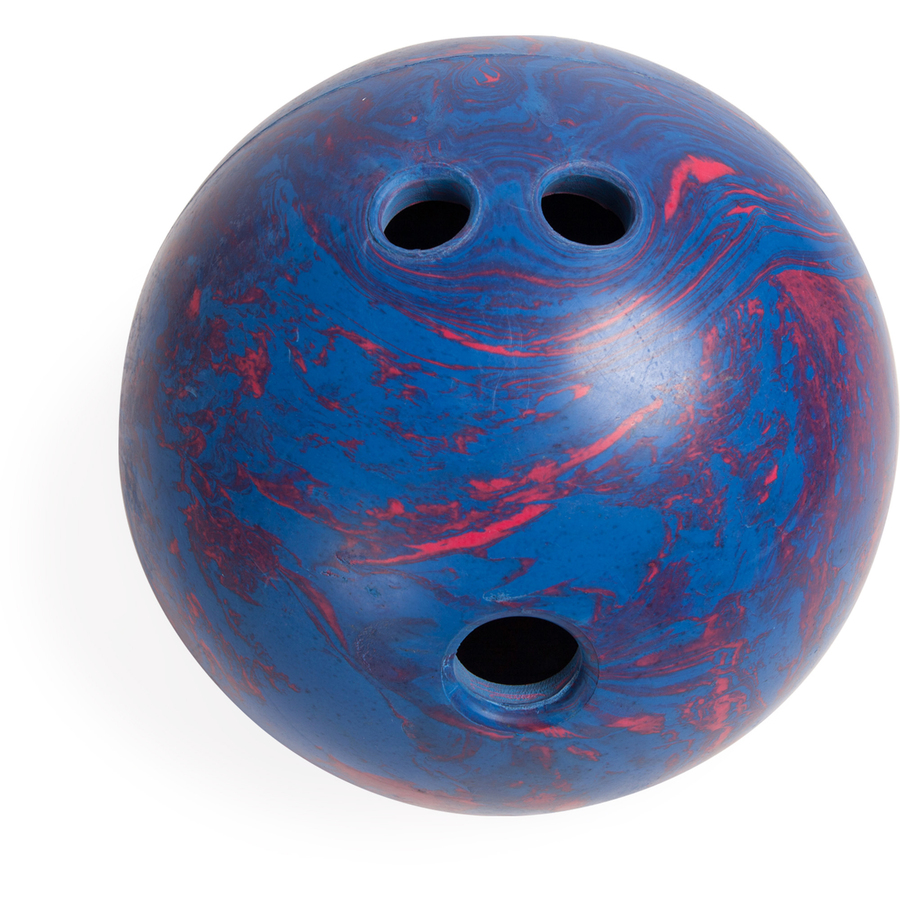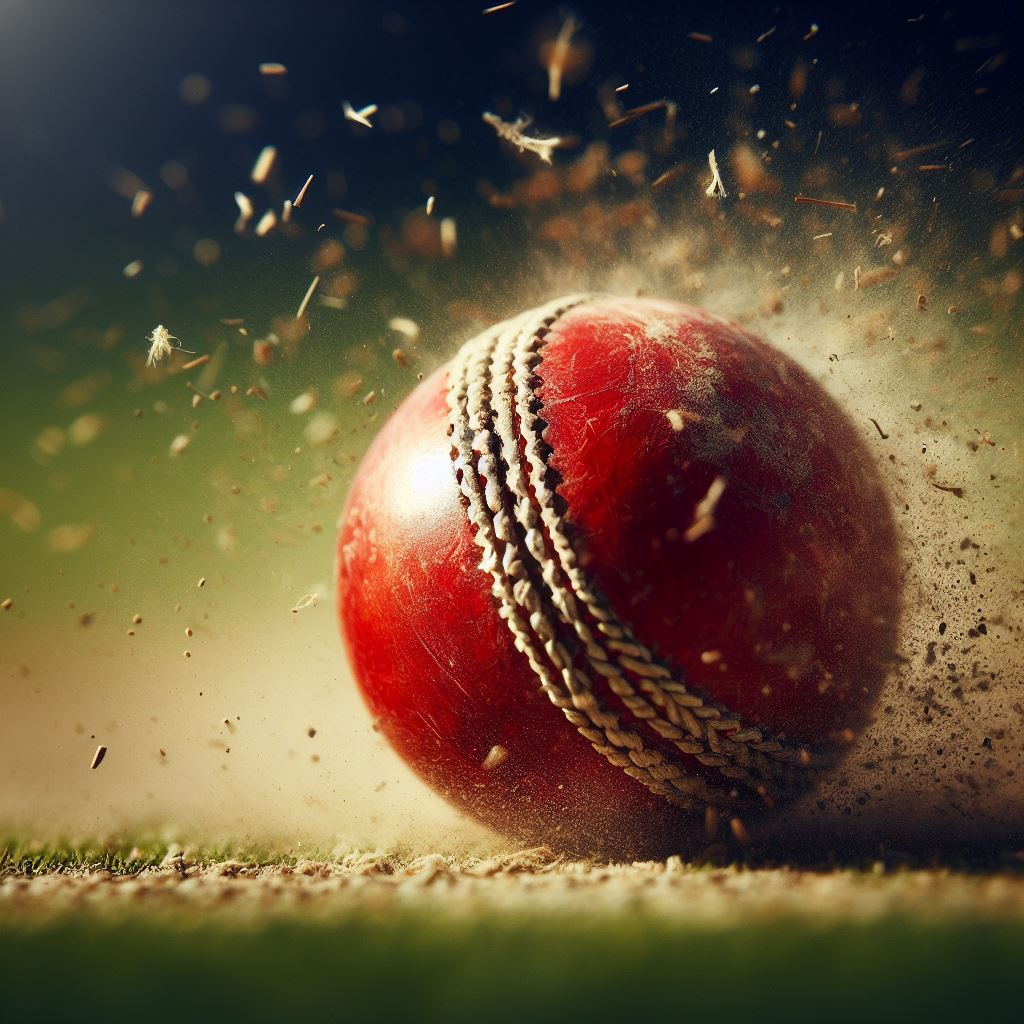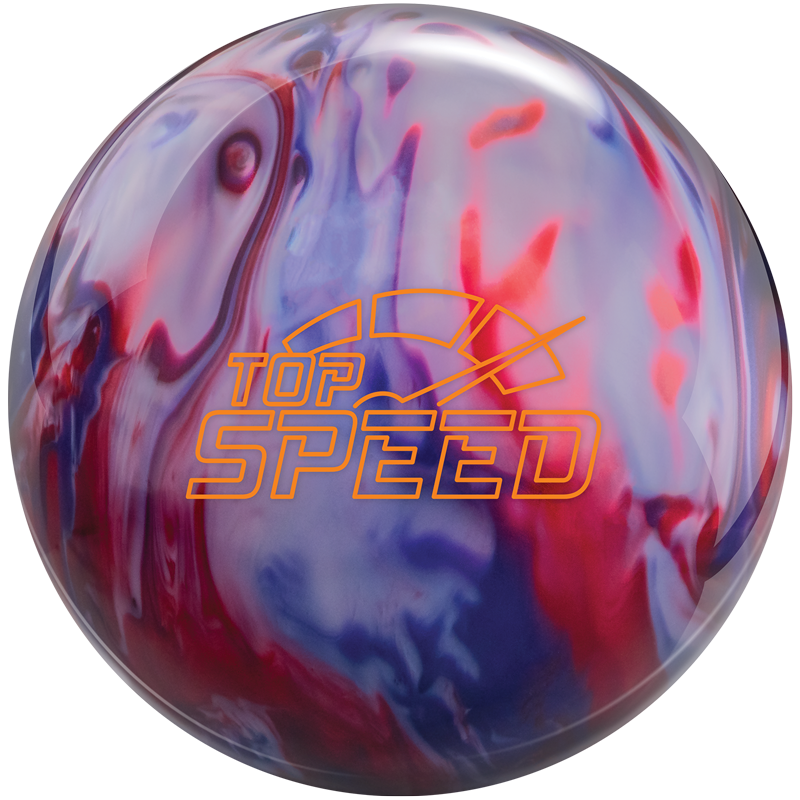Bowling is a sport that combines skill, technique, and strategy, and one of the most effective ways to enhance your game is by learning how to spin a bowling ball. Spinning the ball, also known as imparting a hook, can significantly increase your chances of knocking down more pins and achieving higher scores. This guide delves into the intricacies of spinning a bowling ball, providing you with detailed instructions, tips, and techniques to elevate your bowling performance.
 Understanding the Basics of Spinning a Bowling Ball
Understanding the Basics of Spinning a Bowling Ball
The Importance of Spin in Bowling
Spin plays a crucial role in bowling as it affects the ball’s trajectory and pin impact. By spinning the ball, you can create a hook that curves the ball into the pins, increasing the likelihood of strikes. Additionally, spinning helps in controlling the ball’s speed and direction, allowing for more precise shots.
Anatomy of a Bowling Ball
Before diving into the techniques, it’s essential to understand the structure of a bowling ball. A typical bowling ball consists of the following parts:
- Core: The internal part that affects the ball’s motion and power.
- Coverstock: The outer layer that comes in direct contact with the lane, influencing grip and friction.
- Finger Holes: Custom-molded holes for the bowler’s fingers to ensure a secure grip.
Choosing the Right Bowling Ball
Selecting the appropriate bowling ball is the first step in mastering how to spin a bowling ball. Factors to consider include:
- Weight: Choose a ball that feels comfortable and manageable.
- Coverstock Material: Reactive resin offers more grip and hook potential compared to plastic.
- Finger Fit: Ensure the finger holes fit snugly to facilitate a smooth release.
Techniques to Spin a Bowling Ball Effectively
Proper Grip and Hand Position
A correct grip and hand position are fundamental to successfully spinning a bowling ball. Follow these steps:
- Conventional Grip: Insert your thumb fully into the thumb hole and your middle and ring fingers up to the second knuckle.
- Relax Your Hand: Keep your hand relaxed to allow for a fluid release.
- Positioning: Hold the ball at waist level with your non-bowling hand supporting the weight.
The Approach and Footwork
Your approach sets the stage for spinning the ball. Here’s how to refine your footwork:
- Stance: Stand with your feet shoulder-width apart, facing the pins.
- Steps: Take a smooth, consistent number of steps (commonly four or five) towards the foul line.
- Timing: Coordinate your steps with the swing of your arm to maintain balance and rhythm.
Swinging the Bowling Ball
A controlled swing is essential for imparting spin. Focus on the following:
- Backswing: Swing the ball straight back, keeping your arm relaxed.
- Forward Swing: As you move forward, guide the ball downwards with your thumb leading.
- Release Point: Release the ball at the lowest point of your swing for maximum control.
The Release and Follow-Through
The release and follow-through are critical moments where spin is generated. Implement these techniques:
- Thumb Release: As you release the ball, let your thumb exit the thumb hole first.
- Finger Action: Simultaneously, rotate your fingers counterclockwise (for right-handers) to impart spin.
- Follow-Through: Continue your arm’s motion upward, directing the ball towards your target with a smooth follow-through.
 Enhancing Your Spin with Advanced Techniques
Enhancing Your Spin with Advanced Techniques
Finger Rotation Techniques
Advanced bowlers use finger rotation to maximize spin. Practice the following:
- Finger Flexion: Flex your fingers at the right moment during the release to increase rotation.
- Snap Release: Add a snapping motion with your fingers to generate more hook.
- Wrist Positioning: Keep your wrist firm yet flexible to control the spin’s intensity.
Using the Thumb as a Pivot
Leveraging your thumb as a pivot can enhance the spin:
- Thumb Control: Maintain control over your thumb’s exit to ensure a consistent spin.
- Pivot Point: Allow your thumb to act as a pivot, helping to guide the ball’s path.
- Balance: Keep your body balanced to maintain alignment and prevent over-rotation.
Adjusting Your Body Mechanics
Optimizing your body mechanics can significantly impact your ability to spin a bowling ball:
- Body Alignment: Align your body with your target to ensure the spin directs the ball accurately.
- Core Strength: Strengthen your core muscles to maintain stability and control during the approach and release.
- Arm Swing: Keep your arm swing smooth and coordinated with your steps to maximize spin effectiveness.
Practicing How to Spin a Bowling Ball
Drills to Improve Your Spin
Consistent practice is key to mastering how to spin a bowling ball. Incorporate these drills into your routine:
- Shadow Bowling: Practice your approach and release without the ball to focus on technique.
- Target Practice: Aim at specific targets on the lane to improve accuracy and spin control.
- Spin Control Drill: Experiment with different finger rotations and wrist positions to find the optimal spin.
Analyzing Your Technique
Regularly assess and refine your technique:
- Video Analysis: Record your bowling sessions to identify areas for improvement.
- Feedback from Coaches: Seek advice from experienced coaches to fine-tune your spin technique.
- Consistent Adjustments: Make small adjustments based on your performance to enhance your spin over time.
Building Muscle Memory
Developing muscle memory ensures that your spin technique becomes second nature:
- Repetition: Repeatedly practice your approach, release, and follow-through.
- Routine: Establish a consistent pre-shot routine to maintain focus and technique.
- Mental Visualization: Visualize successful spins and perfect releases to reinforce muscle memory.
Equipment Tips for Spinning a Bowling Ball
Selecting the Right Ball Weight
Choosing the correct ball weight is essential for effective spinning:
- Comfort: Select a weight that you can handle comfortably without straining.
- Control: A manageable weight allows for better control and consistency in your spin.
- Performance: Balance weight with performance to maximize spin without sacrificing speed.
Customizing Your Bowling Ball
Customization can enhance your ability to spin the ball:
- Drilling Layout: Work with a professional to create a finger hole layout that supports your spin technique.
- Surface Grit: Adjust the ball’s surface grit to control friction and spin potential.
- Core Selection: Choose a core that complements your bowling style and spin preferences.
Maintaining Your Bowling Ball
Proper maintenance ensures your ball remains effective for spinning:
- Cleaning: Regularly clean your ball to remove oil and dirt that can affect grip and spin.
- Oiling: Apply appropriate bowling oil to maintain the coverstock’s performance.
- Storage: Store your ball in a protective case to prevent damage and preserve its spin capabilities.
Common Mistakes to Avoid
Overcompensating with Strength
Using excessive strength can hinder your spin:
- Relax Your Grip: Avoid gripping the ball too tightly, which can restrict your hand’s natural motion.
- Controlled Power: Focus on controlled power rather than raw strength to achieve a smooth spin.
- Balance: Maintain a balanced approach to prevent over-rotation and loss of control.
Inconsistent Release
An inconsistent release disrupts your spin technique:
- Timing: Ensure your thumb and fingers release the ball simultaneously and smoothly.
- Smooth Motion: Avoid jerky movements that can alter the ball’s spin.
- Practice Consistency: Regularly practice your release to achieve a reliable and repeatable spin.
Poor Body Alignment
Misalignment affects the direction and effectiveness of your spin:
- Target Focus: Keep your eyes focused on your target to maintain proper alignment.
- Body Position: Align your shoulders and hips with your intended path.
- Steady Stance: Maintain a steady and balanced stance throughout your approach and release.
 Advanced Tips for Enhancing Your Spin
Advanced Tips for Enhancing Your Spin
Using Fade and Hook Techniques
Incorporate fade and hook techniques to increase pin action:
- Fade Timing: Time your release to create a natural fade towards the pins.
- Hook Depth: Adjust the depth of your hook to match lane conditions and pin layout.
- Controlled Fade: Practice controlling the fade to ensure it enhances pin impact without causing gutter balls.
Adjusting to Lane Conditions
Adapt your spin technique based on lane conditions:
- Oil Patterns: Understand different oil patterns to adjust your spin for optimal performance.
- Ball Speed: Modify your ball speed to complement your spin and lane conditions.
- Lane Reading: Develop the ability to read lanes and make real-time adjustments to your spin.
Integrating Technology for Improvement
Leverage technology to refine your spin technique:
- Bowling Simulators: Use simulators to practice spinning without the physical constraints of the lane.
- Performance Trackers: Invest in performance trackers to monitor your spin metrics and progress.
- Video Feedback: Utilize video feedback tools to analyze and improve your spin technique continuously.
The Mental Aspect of Spinning a Bowling Ball
Building Confidence in Your Spin
Confidence is key to executing effective spins:
- Positive Mindset: Maintain a positive attitude towards your spin technique.
- Visualization: Regularly visualize successful spins and striking performances.
- Mental Rehearsal: Engage in mental rehearsal to reinforce your spin mechanics and strategy.
Staying Focused and Composed
Maintain focus and composure to enhance your spinning consistency:
- Pre-Shot Routine: Develop a consistent pre-shot routine to stay focused.
- Breathing Techniques: Use deep breathing to stay calm and reduce tension.
- Concentration: Concentrate on your target and spin technique throughout each frame.
Overcoming Performance Anxiety
Manage performance anxiety to optimize your spin execution:
- Routine Practices: Incorporate relaxation techniques into your practice sessions.
- Positive Self-Talk: Use positive affirmations to boost your confidence.
- Experience: Gain experience through regular play to become more comfortable with spinning under pressure.
 Personalizing Your Spin Technique
Personalizing Your Spin Technique
Adapting to Your Bowling Style
Customize your spin technique to fit your unique style:
- Analyzing Strengths: Identify your strengths and leverage them to enhance your spin.
- Experimenting with Techniques: Try different spinning techniques to find what works best for you.
- Consistency: Develop a personalized routine that ensures consistency in your spin.
Incorporating Unique Spin Variations
Introduce spin variations to add versatility to your game:
- Two-Handed Spin: Experiment with a two-handed spin for increased control and power.
- Side Spin: Incorporate side spin to create unconventional ball paths and pin action.
- Reverse Spin: Practice reverse spin techniques to surprise opponents and adapt to challenging lane conditions.
Balancing Spin with Other Techniques
Integrate spin with other bowling techniques for a well-rounded game:
- Speed Control: Balance spin with your ball speed for optimal pin impact.
- Line Adjustments: Combine spin with precise line adjustments to navigate different lane conditions.
- Strategic Play: Use spin strategically to target weak spots in the pin setup and maximize your scoring potential.
Common Questions About How to Spin a Bowling Ball
How Much Spin is Too Much?
Too much spin can result in unpredictable ball paths and potential gutter balls. Aim for a balanced spin that complements your brewing style without compromising control.
Can I Spin the Ball With Any Style of Bowling?
Yes, spinning the ball can be adapted to various bowling styles, whether you’re right-handed or left-handed. The key is to adjust your grip and release to suit your natural motion.
How Long Does It Take to Learn How to Spin a Bowling Ball?
Learning to spin a bowling ball effectively varies from person to person. With regular practice and proper technique, most bowlers can see significant improvements within a few weeks to months.
 Conclusion: Elevate Your Game by Mastering How to Spin a Bowling Ball
Conclusion: Elevate Your Game by Mastering How to Spin a Bowling Ball
In conclusion, mastering how to spin a bowling ball can transform your bowling experience, enhancing both your performance and enjoyment of the game. By understanding the fundamentals, practicing consistently, and refining your technique, you can develop a reliable and effective spin that propels your bowling skills to new heights. Embrace the techniques and tips outlined in this guide, and watch as your ability to spin a bowling ball leads you to achieve higher scores and more strikes. Whether you’re a beginner or an experienced bowler, the art of spinning a bowling ball offers endless opportunities for improvement and success on the lanes.